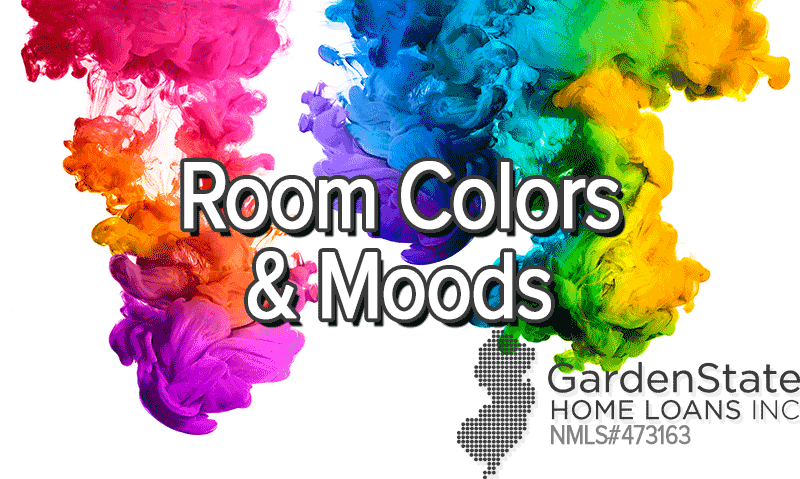Moods and Colors
Colors of your room are often a reflection of your personality. However, did you know that colors can affect our mood? Color can actually affect people in many ways and can depend on age, gender, and even ethnic background. However, certain colors get a similar reaction. Some colors that illicit the same moods and tones are:
- Red: Red raises the energy level in a room and is the most intense color. It’s a choice if you want to create excitement. Red is a good color for a living room or dining room as it has been shown to stimulate conversation. Red has been known to increase heart rate and blood pressure. For that reason, it is usually considered too stimulating for bedrooms.
- Orange: Orange is an energetic color that stimulates excitement and enthusiasm. While it’s not recommended for a living room or bedroom, orange is often encouraged to be used for an exercise room. The color brings out all the emotions you need to release during a workout.
- Yellow: Yellow captures joy and communicates happiness. The color is considered to be energizing and uplifting. Yellow is a good choice for kitchens, dining rooms, and bathrooms. In addition to these areas, yellow used in hallways, entries, and small spaces can make the areas feel larger and welcoming. However, yellow is not recommended as the main color is a scheme as large amounts of the color has been shown to create feelings of frustration and anger.
- Green: Green is the most restful color for the eye. Combining the relaxation from blue and the cheerfulness of yellow, green can be perfect for any room of your home. Green in the kitchen can cool things down, while green in the living room promotes warmth and togetherness. When used as the main color for a decorating scheme, it promotes stress relief and helps people relax.
- Blue: Blue is said to be a peaceful color and bring down blood pressure and slow respiration and heart rate. It is calming and relaxing, and for that reason, is often recommended for bedrooms and bathrooms. If you want to promote a more relaxing atmosphere, use warmer blues, like periwinkle, or bright blues, like turquoise. When painting with blue, make sure to use softer shades for the relaxing effect. Dark blue can evoke feelings of sadness.
- Purple: Deep hues of purple illicit a feeling of the dramatic and of sophistication, and is typically associated with luxury and creativity. Lighter hues of purple tend, like lilac, bring the same relaxing emotions as blue.
- Neutrals: Neutrals stand the test of time and have power in flexibility. You can add colors to liven up neutrals or leave them alone to keep a calm room.


Comments are closed.